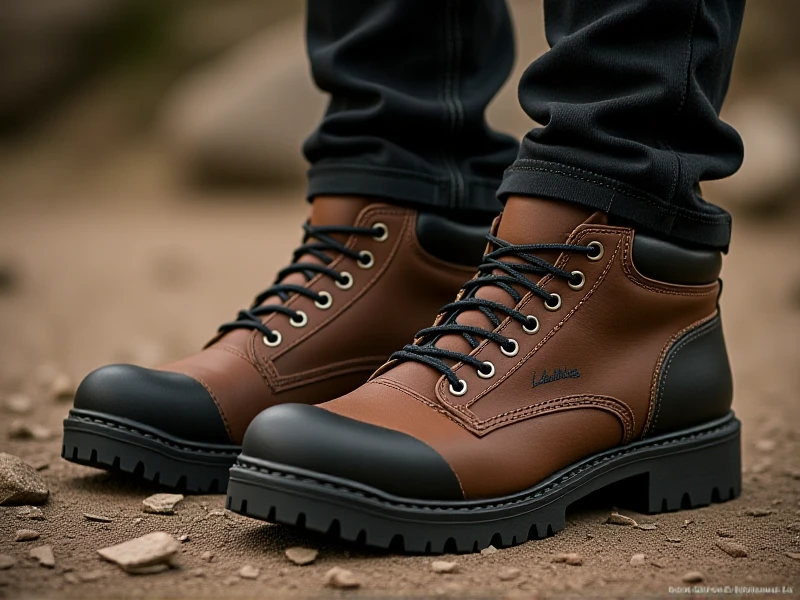
Ultimate Guide to Choosing the Best Outdoor Boots for Your Adventures
Heading out on a trail, scaling rocky terrain, or navigating muddy paths? Your feet are your foundation, and the right pair of outdoor boots is non-negotiable. Forget fashion-first footwear; true adventure demands performance-driven protection and support. Choosing wisely ensures comfort, prevents injury, and ultimately elevates your entire outdoor experience.
Why Proper Outdoor Boots Matter Standard sneakers simply won't suffice for serious trails or unpredictable weather. Dedicated outdoor boots offer crucial advantages:
- Ankle Support: Critical for uneven ground, preventing twists and sprains on unstable surfaces.
- Protection: Rugged uppers and reinforced toes shield against rocks, roots, and debris.
- Traction: Advanced outsoles bite into mud, gravel, and slick surfaces, providing confident grip.
- Weatherproofing: Quality boots feature membranes (like GORE-TEX®) keeping feet dry during rain or snowmelt, while breathable designs prevent overheating.
- Durability: Built tough with abrasion-resistant materials to withstand the rigors of trails season after season.
Key Features of Quality Outdoor Boots
Understanding these elements helps you find your perfect match:
- Materials:
- Leather (Full-grain/Nubuck): Highly durable, naturally water-resistant, molds well to the foot over time, excellent for rugged use. Requires more breaking in.
- Synthetics (Nylon, Polyester): Lighter weight, easier to break in, often more affordable. Breathability can be excellent, though long-term durability might vary.
- Waterproof Membranes: Look for boot labels specifying integrated waterproof/breathable tech (e.g., GORE-TEX® or brand equivalents).
- Support Structure:
- Stiffer Midsoles: Essential for backpacking with heavy loads or traversing rocky terrain for prolonged ankle and arch support.
- Flexible Midsoles: Better for day hikes on well-maintained trails, offering lighter weight and natural foot movement.
- Outsole Grip: Aggressive multi-directional lugs made from durable rubber compounds (like Vibram®) provide the best traction across varied surfaces.
- Weight: This correlates directly with support and durability. Heavier boots suit rough terrain and heavy packs; lighter hiking shoes excel on easier trails or for fast-packing.
Finding Your Ideal Pair Ask yourself:
- Activity: Backpacking demands sturdy, supportive outdoor boots. Day hiking might allow lighter boots or trail runners. Snow hiking requires insulation and dedicated winter boots.
- Terrain: Rocky, uneven ground = high ankle support & stiff sole. Muddy forest paths = aggressive lug pattern & waterproofing. Dry desert trails = breathability.
- Load: Carrying over 30lbs? Choose backpacking boots with robust support.
Care Tips for Longevity Investing in good outdoor boots means caring for them:
- Clean boots gently after use (brush off dirt, rinse mud).
- Allow boots to air dry naturally, away from direct heat.
- Apply appropriate conditioners (for leather) or waterproofing treatments as needed.
- Store boots in a cool, dry place.
Choosing the best outdoor boots is about matching advanced technology to your specific adventure needs. Prioritize protection, support, and waterproofing based on how and where you explore. It's an investment in comfort, safety, and countless miles of memorable adventures. Step confidently onto the trail – your feet will thank you.